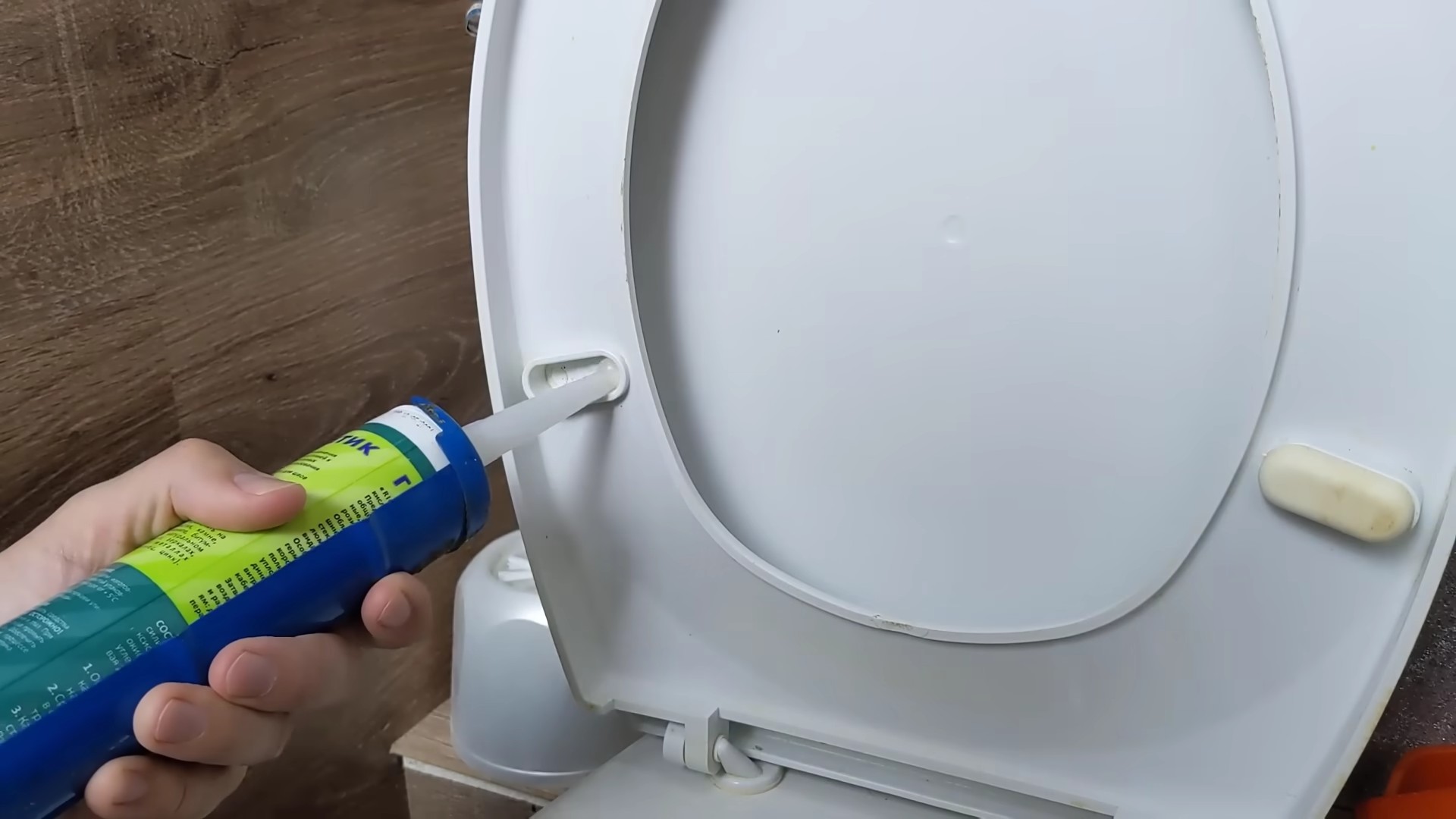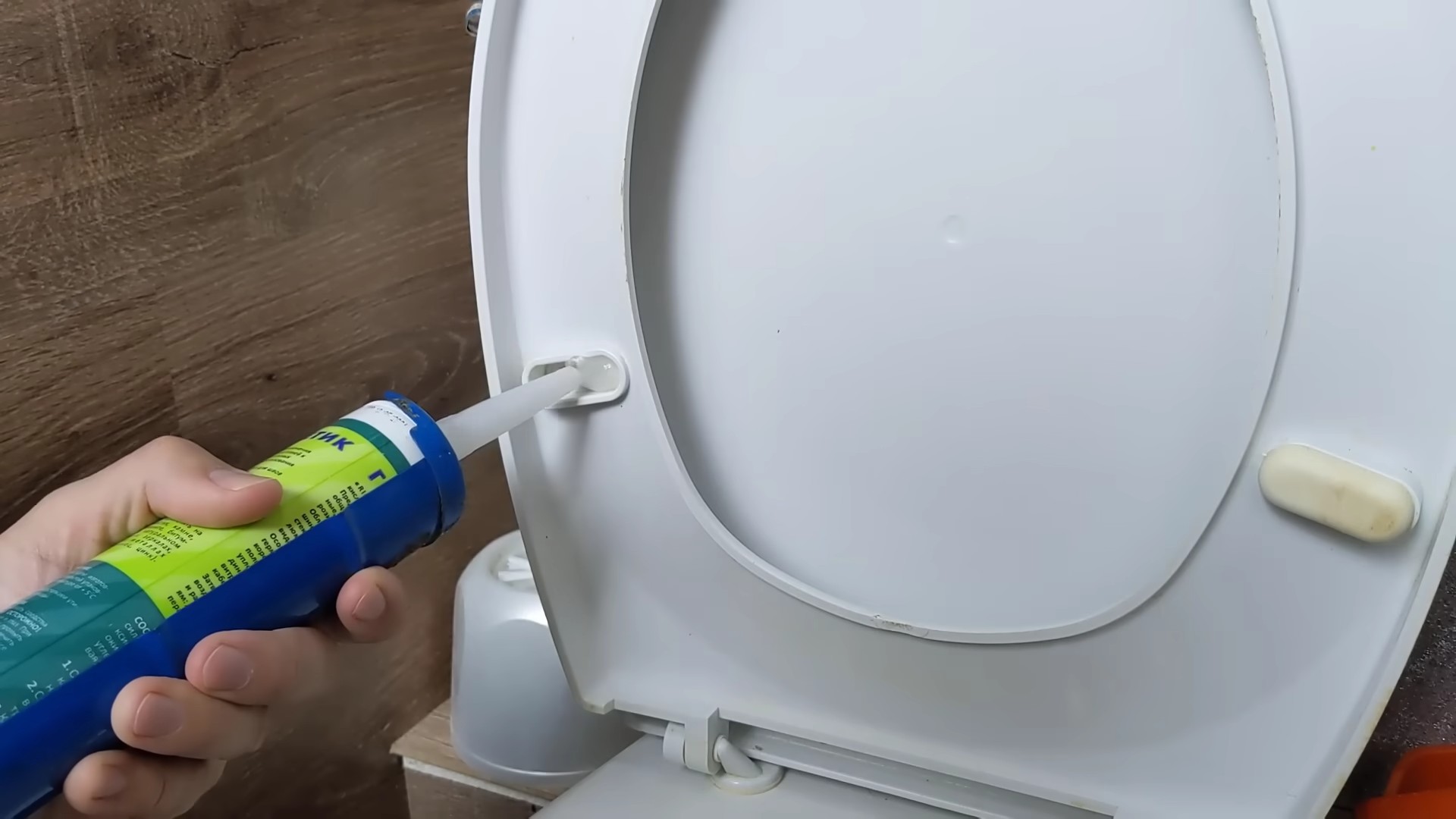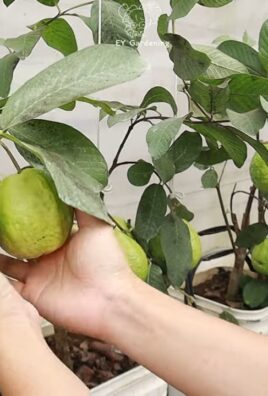Home Hacks You Never Tried: Ready to unlock the secrets to a smoother, more efficient home life? I’m so excited to share some game-changing DIY tricks that might just revolutionize the way you approach everyday tasks! We all love those “aha!” moments when we discover a simple solution to a nagging problem, right? Well, get ready for a whole bunch of them!
Humans have been tinkering and innovating in their homes for centuries. From ancient civilizations devising clever storage solutions to resourceful pioneers crafting tools from scratch, the spirit of DIY is deeply ingrained in our history. Think about it – the very concept of “home” is intertwined with our innate desire to create a comfortable and functional space.
In today’s fast-paced world, we’re constantly looking for ways to save time, money, and energy. That’s where these home hacks you never tried come in. Whether you’re a seasoned DIY enthusiast or a complete beginner, I guarantee you’ll find something in this collection that will make your life a little bit easier. From clever cleaning shortcuts to ingenious organization tips, these hacks are designed to simplify your routine and free up your time for the things you truly enjoy. So, let’s dive in and discover some amazing home hacks you never tried before!

Home Hacks You Never Tried: Level Up Your Living Space!
Okay, friends, let’s dive into some seriously cool home hacks that you probably haven’t seen before. I’m talking about clever solutions that will save you time, money, and maybe even a little bit of sanity. Get ready to transform your space with these unexpected tricks!
Decluttering and Organization Hacks
Let’s face it, clutter is the enemy of a peaceful home. These hacks will help you conquer the chaos and create a more organized and serene environment.
Hack 1: The Hidden Cord Organizer
Tired of tangled cords behind your TV or desk? This hack is a game-changer!
What you’ll need:
* A decorative box (think shoe box, gift box, or even a repurposed cereal box)
* Scissors or a utility knife
* Power strip
* Zip ties (optional)
* Decorative paper or fabric (optional, for covering the box)
Step-by-step instructions:
1. Prepare the box: If you’re using a plain box, now’s the time to get crafty! Wrap it in decorative paper or fabric to match your decor. Secure the edges with glue or tape.
2. Create cord access: Cut a hole in the back of the box large enough to feed the power cords through. I usually make it about 2 inches in diameter.
3. Place the power strip: Put the power strip inside the box.
4. Organize the cords: Plug all your device cords into the power strip. Neatly coil any excess cord length and secure them with zip ties if needed. This prevents a tangled mess inside the box.
5. Hide the box: Place the box behind your TV stand, desk, or wherever the cords are causing a headache. The cords will be neatly tucked away inside, leaving a clean and organized look.
Hack 2: DIY Spice Rack from Magazine Holders
Spice racks can be expensive and take up valuable counter space. This hack repurposes magazine holders into a stylish and functional spice storage solution.
What you’ll need:
* Magazine holders (plastic or metal, depending on your preference)
* Screws or strong adhesive strips
* Level
* Measuring tape
Step-by-step instructions:
1. Choose your location: Decide where you want to mount your spice rack. I recommend inside a cabinet door or on a pantry wall.
2. Measure and mark: Use a measuring tape and level to mark the placement of the magazine holders. Ensure they are evenly spaced and aligned.
3. Mount the holders: Secure the magazine holders to the surface using screws or strong adhesive strips. If using screws, pre-drill holes to prevent splitting the wood. If using adhesive strips, make sure the surface is clean and dry before applying.
4. Load up your spices: Arrange your spice jars inside the magazine holders. You can organize them alphabetically or by cuisine.
Hack 3: Tension Rod Shelf Dividers
Tension rods aren’t just for shower curtains! Use them to create custom shelf dividers in your closets or cabinets.
What you’ll need:
* Tension rods (the appropriate length for your shelves)
Step-by-step instructions:
1. Measure the shelf: Measure the width of your shelves where you want to create dividers.
2. Choose the right tension rod: Select tension rods that are slightly longer than the measurement you took. This ensures a snug fit.
3. Install the tension rods: Compress the tension rod and position it vertically between the shelf and the top of the cabinet or closet. Release the tension rod to secure it in place.
4. Organize your items: Use the tension rod dividers to separate stacks of clothes, linens, or other items. This will prevent them from toppling over and keep your shelves organized.
Cleaning and Maintenance Hacks
Cleaning doesn’t have to be a chore! These hacks will make your cleaning routine faster, easier, and more effective.
Hack 4: Clean Your Microwave with Lemon Steam
Say goodbye to splattered food and lingering odors in your microwave with this natural cleaning method.
What you’ll need:
* A microwave-safe bowl
* 1 cup of water
* 1 lemon, cut in half
Step-by-step instructions:
1. Prepare the lemon water: Fill the microwave-safe bowl with 1 cup of water. Squeeze the juice from both lemon halves into the water and then drop the lemon halves into the bowl.
2. Microwave the mixture: Place the bowl in the microwave and heat on high for 3-5 minutes, or until the water boils and the microwave is filled with steam.
3. Let it sit: Leave the microwave door closed for another 5-10 minutes to allow the steam to loosen any stuck-on food particles.
4. Wipe it clean: Carefully remove the bowl (it will be hot!). Use a clean cloth or sponge to wipe down the inside of the microwave. The grime should come off easily.
Hack 5: Unclog Your Showerhead with Vinegar
Mineral buildup can clog your showerhead and reduce water pressure. This hack uses vinegar to dissolve the buildup and restore your showerhead to its former glory.
What you’ll need:
* A plastic bag (large enough to fit your showerhead)
* White vinegar
* Rubber band or twist tie
Step-by-step instructions:
1. Fill the bag with vinegar: Pour enough white vinegar into the plastic bag to completely submerge the showerhead.
2. Secure the bag: Attach the bag to the showerhead using a rubber band or twist tie. Make sure the bag is securely fastened to prevent leaks.
3. Soak overnight: Let the showerhead soak in the vinegar overnight (or for at least a few hours).
4. Remove and rinse: Remove the bag and discard the vinegar. Run the shower for a few minutes to flush out any remaining vinegar and loosened mineral deposits.
Hack 6: Clean Your Blender with Soap and Water
Cleaning a blender can be tricky, but this hack makes it a breeze.
What you’ll need:
* Dish soap
* Water
Step-by-step instructions:
1. Fill the blender: Fill the blender halfway with warm water.
2. Add soap: Add a squirt of dish soap.
3. Blend: Secure the lid and blend on high speed for 30-60 seconds.
4. Rinse: Pour out the soapy water and rinse the blender thoroughly with clean water.
Creative Repurposing Hacks
Give old items a new lease on life with these clever repurposing ideas.
Hack 7: Turn Old Sweaters into Pillow Covers
Don’t throw away those old sweaters! Turn them into cozy and unique pillow covers.
What you’ll need:
* An old sweater
* Pillow form
* Scissors
* Sewing machine or needle and thread
* Pins
Step-by-step instructions:
1. Prepare the sweater: Wash and dry the sweater.
2. Cut the sweater: Lay the sweater flat and cut out a square or rectangle that is slightly larger than your pillow form. Cut through both layers of the sweater (front and back).
3. Sew the edges: Place the two pieces of sweater fabric right sides together and pin around the edges, leaving one side open. Sew around the three pinned sides, using a sewing machine or needle and thread.
4. Turn right side out: Turn the pillow cover right side out.
5. Insert the pillow form: Insert the pillow form into the cover.
6. Close the opening: Fold in the edges of the open side and pin them together. Sew the opening closed by hand or with a sewing machine.
Hack 8: Use Old Ladders as Bookshelves
Give an old ladder a new purpose as a rustic and charming bookshelf.
What you’ll need:
* An old ladder
* Sandpaper (optional)
* Paint or stain (optional)
* Wooden planks (optional, for creating shelves)
Step-by-step instructions:
1. Prepare the ladder: Clean the ladder thoroughly. If desired, sand it down to remove any rough edges or old paint.
2. Paint or stain (optional): Paint or stain the ladder to match your decor.
3. Add shelves (optional): If you want to add shelves, measure the distance between the rungs of the ladder and cut wooden planks to fit. Secure the planks to the rungs with screws or nails.
4. Position the ladder: Lean the ladder against a wall in a stable and secure position.
5. Arrange your books

Conclusion
So, there you have it! These home hacks are more than just clever tricks; they’re game-changers that can simplify your life, save you money, and even add a touch of personalized flair to your living space. From breathing new life into old furniture to creating ingenious storage solutions, these DIY projects offer a rewarding sense of accomplishment and a tangible improvement to your daily routine.
But why are these particular hacks a must-try? Because they address common household frustrations with simple, accessible solutions. They require minimal investment, utilize readily available materials, and deliver maximum impact. Forget expensive store-bought gadgets or complicated renovations. These are the kind of practical, effective solutions that make you wonder, “Why didn’t I think of that sooner?”
Consider the possibilities! Imagine transforming a cluttered corner into an organized oasis with repurposed containers. Picture yourself enjoying a revitalized piece of furniture that you thought was destined for the landfill. Envision the satisfaction of knowing you’ve reduced waste and embraced a more sustainable lifestyle, all while enhancing the comfort and functionality of your home.
And the best part? These hacks are endlessly adaptable. Feel free to experiment with different materials, colors, and techniques to create solutions that perfectly suit your individual needs and aesthetic preferences. For example, if you’re tackling a storage project, consider using fabric scraps to line the containers for a pop of color and texture. Or, if you’re upcycling furniture, try distressing the paint for a rustic, vintage look. The only limit is your imagination!
We encourage you to dive in and try these **home hacks** for yourself. Don’t be afraid to get creative, make mistakes, and learn along the way. The journey is just as rewarding as the destination. And once you’ve experienced the transformative power of these simple solutions, we’re confident you’ll be hooked.
But don’t keep these secrets to yourself! Share your experiences, tips, and variations with us in the comments below. We’d love to hear how these hacks have worked for you and any creative twists you’ve added. Together, we can build a community of resourceful homeowners who are passionate about making their spaces more functional, beautiful, and sustainable. So, what are you waiting for? Get hacking!
Frequently Asked Questions (FAQs)
What if I don’t have all the materials listed for a particular hack?
Don’t worry! One of the best things about these home hacks is their flexibility. Most of the materials can be substituted with similar items you already have on hand. For example, if a project calls for a specific type of container, you can often use a different size or shape, or even repurpose something entirely different, like an old shoebox or a plastic tub. The key is to think creatively and adapt the instructions to fit your available resources. Before you run out to buy something, take a look around your house and see what you can repurpose. You might be surprised at what you find!
Are these home hacks suitable for beginners?
Absolutely! We’ve designed these hacks to be accessible to everyone, regardless of their DIY experience. Most of the projects involve simple techniques and require minimal tools. We’ve also included clear, step-by-step instructions to guide you through the process. If you’re feeling intimidated, start with one of the easier hacks and gradually work your way up to more complex projects. Remember, practice makes perfect, and even the most experienced DIYers started somewhere. Don’t be afraid to make mistakes – they’re a valuable learning opportunity.
How can I ensure the safety of these DIY projects?
Safety should always be your top priority when undertaking any DIY project. Before you begin, carefully read the instructions and make sure you understand all the steps involved. Wear appropriate safety gear, such as gloves, eye protection, and a dust mask, as needed. Work in a well-ventilated area, especially when using paints, adhesives, or other chemicals. Be mindful of sharp objects and power tools, and always follow the manufacturer’s instructions. If you’re unsure about any aspect of the project, don’t hesitate to seek advice from a more experienced DIYer or consult online resources.
Can I adapt these hacks to fit my specific needs and style?
Definitely! These hacks are meant to be a starting point, not a rigid set of rules. We encourage you to personalize them to reflect your individual needs and aesthetic preferences. Experiment with different colors, materials, and techniques to create solutions that are uniquely yours. For example, if you’re creating a storage solution, consider adding decorative elements like fabric scraps, paint, or stencils to match your home decor. Or, if you’re upcycling furniture, try a different paint color or hardware to give it a fresh, new look. The possibilities are endless!
How do I maintain the DIY projects I’ve created?
Proper maintenance is essential to ensure the longevity of your DIY projects. Regularly clean and inspect your creations to identify any signs of wear and tear. Repair any damage promptly to prevent it from worsening. For example, if you’ve created a storage solution, wipe it down regularly with a damp cloth to remove dust and dirt. If you’ve upcycled furniture, apply a protective coating of wax or sealant to prevent scratches and stains. By taking good care of your DIY projects, you can enjoy them for years to come.
What are some other resources for finding inspiration and DIY tips?
The internet is a treasure trove of information and inspiration for DIY projects. Websites like Pinterest, YouTube, and Instructables are excellent sources for finding new ideas, tutorials, and tips. You can also join online communities and forums dedicated to DIY and home improvement to connect with other enthusiasts, share your experiences, and ask for advice. Don’t forget to check out your local library for books and magazines on DIY and home decor. And, of course, keep an eye on our website for more exciting home hacks and DIY projects!
What if a home hack doesn’t work out as planned?
That’s perfectly okay! Not every DIY project is a success, and sometimes things don’t go according to plan. Don’t get discouraged. Instead, view it as a learning opportunity. Analyze what went wrong and try to identify the cause of the problem. Perhaps you used the wrong materials, didn’t follow the instructions carefully, or encountered an unexpected obstacle. Use this knowledge to improve your skills and approach future projects with greater confidence. And remember, even experienced DIYers make mistakes. The key is to learn from them and keep trying.
How can I make these home hacks more sustainable?
Sustainability is a growing concern, and there are many ways to make your DIY projects more eco-friendly. Start by using recycled or repurposed materials whenever possible. Choose paints, adhesives, and other chemicals that are low in VOCs (volatile organic compounds). Reduce waste by carefully planning your projects and avoiding unnecessary purchases. Donate or recycle any leftover materials instead of throwing them away. And consider supporting companies that are committed to sustainable practices. By making conscious choices, you can minimize your environmental impact and create a more sustainable home.




Leave a Comment